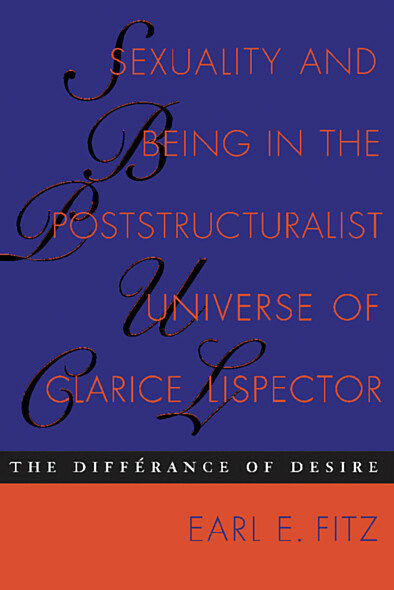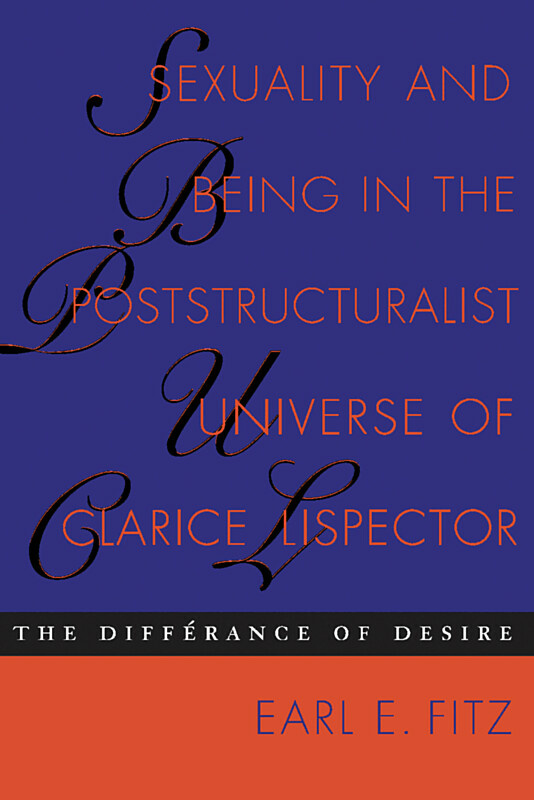Sexuality and Being in the Poststructuralist Universe of Clarice Lispector
The Différance of Desire
Driven by an unfulfilled desire for the unattainable, ultimately indefinable Other, the protagonists of the novels and stories of acclaimed Brazilian writer Clarice Lispector exemplify and humanize many of the issues central to poststructuralist thought, from the nature of language, truth, and meaning to the unstable relationships between language, being, and reality. In this book, Earl Fitz demonstrates that, in turn, poststructuralism offers important and revealing insights into all aspects of Lispector's writing, including her style, sense of structure, characters, themes, and socio-political conscience.
Fitz draws on Lispector's entire oeuvre—novels, stories, crônicas, and children's literature—to argue that her writing consistently reflects the basic tenets of poststructuralist theory. He shows how Lispector's characters struggle over and humanize poststructuralist dilemmas and how their essential sense of being is deeply dependent on a shifting, and typically transgressive, sense of desire and sexuality.
Director of the Program in Comparative Literature at Vanderbilt University.
- Acknowledgments
- Introduction
- Chapter 1: Clarice Lispector and the Writing of Poststructuralism
- Chapter 2: A Semiotics of Being: Style, Structure, and Meaning in a Poststructural Key
- Chapter 3: The Erotics of Being: Self, Other, and Language
- Chapter 4: Characterizations, Relationships, and States of Being: Feminine, Masculine, Androgynous, and Nongendered
- Chapter 5: From l'Écriture Féminine to Littérature Engagée to Writing the (Semiotic) Body (Politic): The Sociopolitical Dimension of Lispector's Textes
- Chapter 6: Psychoanalysis and the Poststructural Anxieties of the Lispectorian Universe
- Conclusion
- Appendix 1: The Works of Clarice Lispector
- Appendix 2: In-text Abbreviations
- Notes
- Bibliography
- Index





